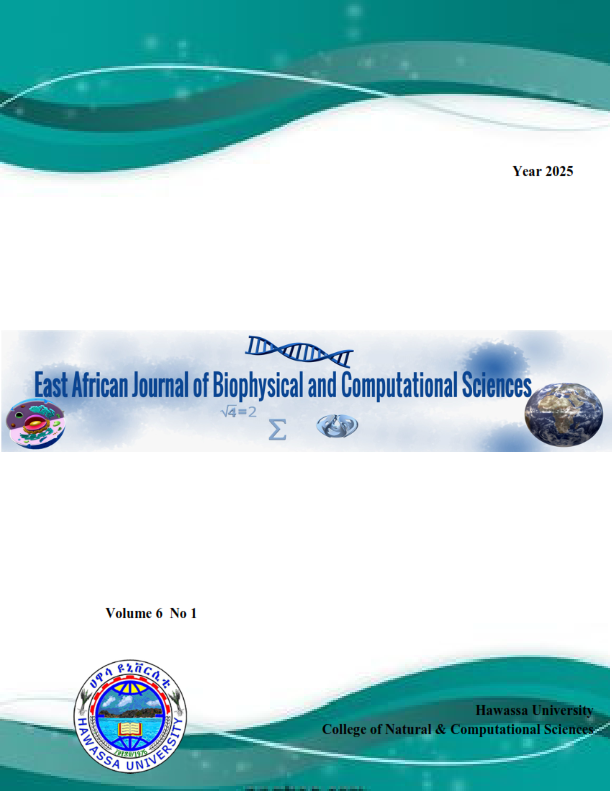Cattle Trypanosomosis and Associated Risk Factors in Abala Abaya District, Wolaita Zone, Southern Ethiopia
Abstract
Cattle trypanosomosis is a unicellular protozoan disease that causes serious economic losses due to its impact on production and productivity. A cross sectional study was done in Abala Abaya district, Wolaita zone, southern Region of Ethiopia. The study was conducted from November 2023 to April 2024 with the objective of estimating the prevalence of cattle trypanosomosis and assessing the associated risk factors for the occurrence of the disease. Systemic random sampling technique was used to select 256 study cattle. Buffy coat technique was used to examine for the presence of Trypanosoma spp. and to measure PCV of each studied animal. The overall prevalence of cattle trypanosomosis was 18.8% (n=48, 95% CI=14.4-24.0). Two species of Trypanosoma were identified in area, namely: T. congolense (62.5%) and T. vivax (22.9%). The proportion of T. congolense was significantly higher (p< 0.05) than Trypanosoma vivax. The mean PCV of cattle infected by trypanosome significantly (p <0.05) lower than the non-infected cattle. Generally, this study revealed that the prevalence of trypanosomosis was higher in Abala Abaya. Further research to explore the prevailing lower overall mean PCV of cattle in the area and timely implementation of different feasible control measures are recommended.
Downloads
Published
Issue
Section
License
Copyright (c) 2025 Hawassa University, CNCS

This work is licensed under a Creative Commons Attribution-NonCommercial-NoDerivatives 4.0 International License.

